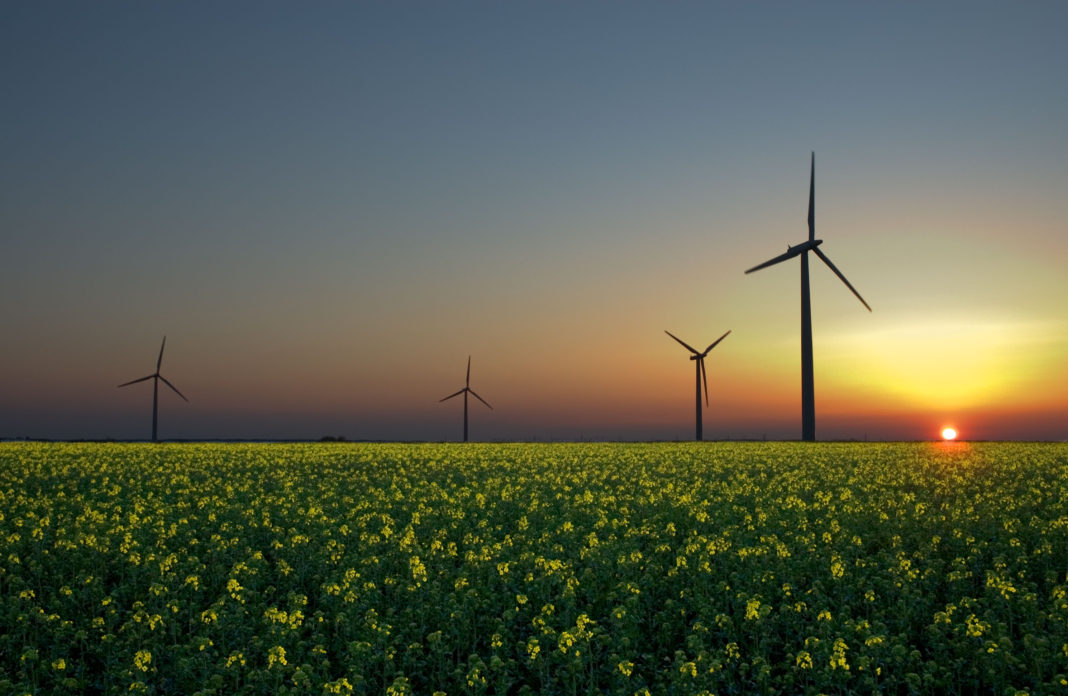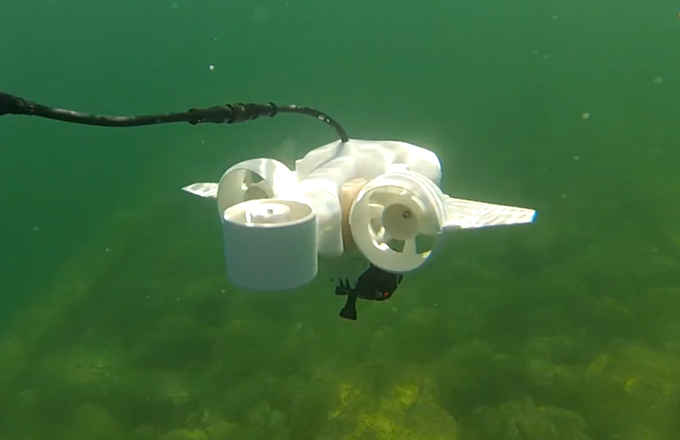An annual evaluation has been carried out by the Department of Energy’s Lawrence Berkley Lab that involves reporting on the current state of both solar and wind power across the United States. According to the results, both areas are booming, with the wind going back up to levels last seen in 2012 after a dip, and solar looking set to double its amount of utility-scale installations in 2016 than in the previous year.
There were several trends mentioned in the report. One focused on solar energy and how the price of photovoltaic panels has decreased so much that plants are now changing the way they are set up. More installations now involve the total current output exceeding the installations capacity to convert it into the AC current that is needed before it can be added to the grid. Solar tracking devices are also becoming more popular to utilize best the amount of energy you can get from the sun.
–
The average capacity factor of utility-scale solar is also on the rise, which is helping to keep prices low. The price per MW-hr for the solar generation has now dropped to around $30-$50/MW-hr for some projects. Although this is still much higher than that of a natural gas plant, it is favorable when comparing it to the costs of building a new gas plant.
–
Wind power has also undergone many changes in the past few years, but not quite as dramatic as solar as they are older they had their boom much earlier. In 2015 there was over 8GW of wind capacity installed in the U.S. bringing the total across the country to almost 75GW. Although China is still miles ahead with an accumulated capacity of nearly double that, it still constitutes for over 5 percent of the total electricity generated in the U.S.
One area that is lacking in the U.S. when it comes to wind power is offshore wind facilities. There are 12GW of this type of capacity installed across the globe, but none of this is from the U.S. But, that is all about to change with the first one being installed along the Rhode Island coast right now. The cost of wind power has also decreased where some power purchase agreements are offering prices that compete with that of natural gas. Where these renewable energy costs are continuously falling, it’s inevitable that natural gas prices will rise and soon everyone will be reaping the benefits of both wind and solar power.
More News To Read











